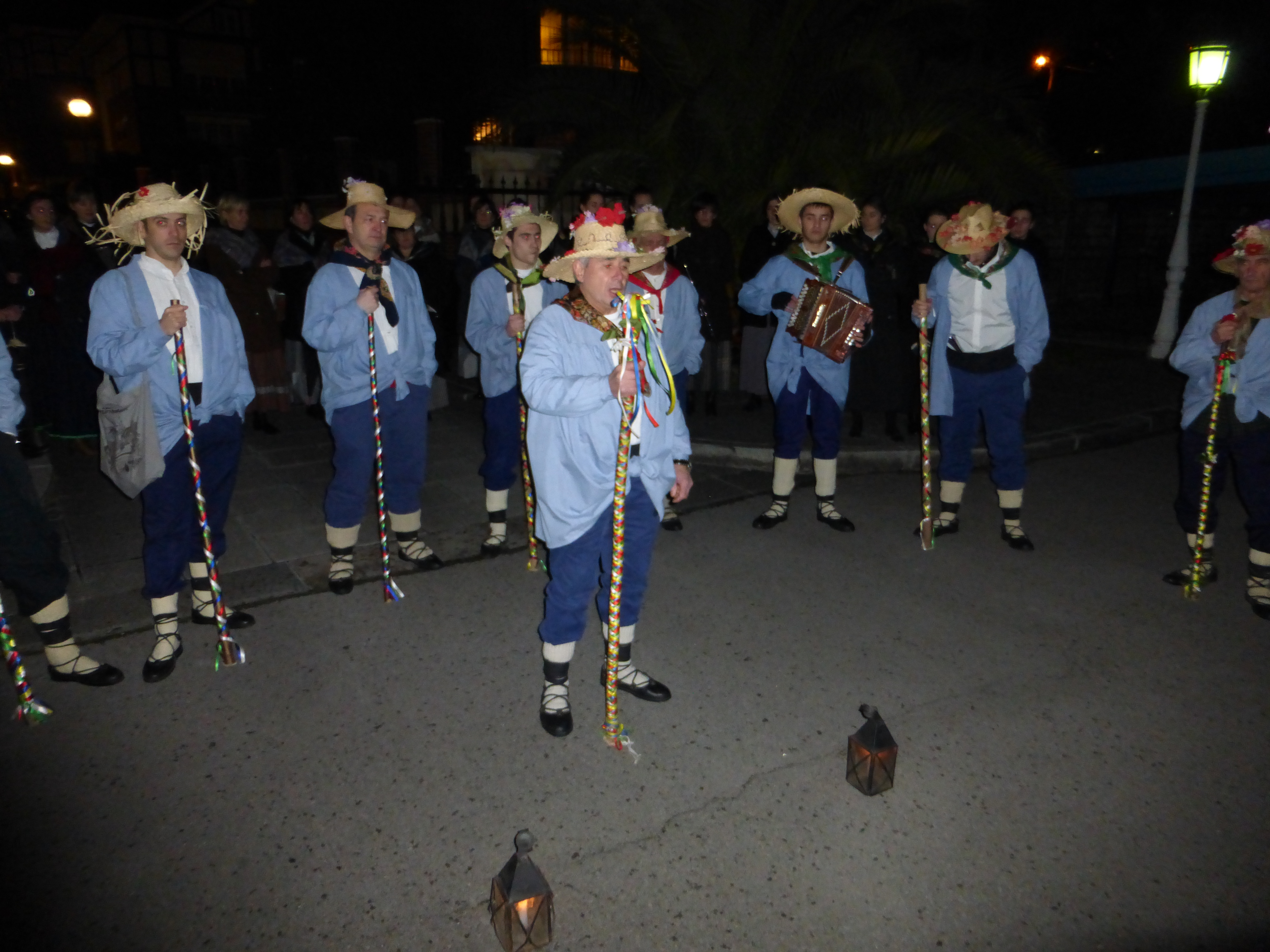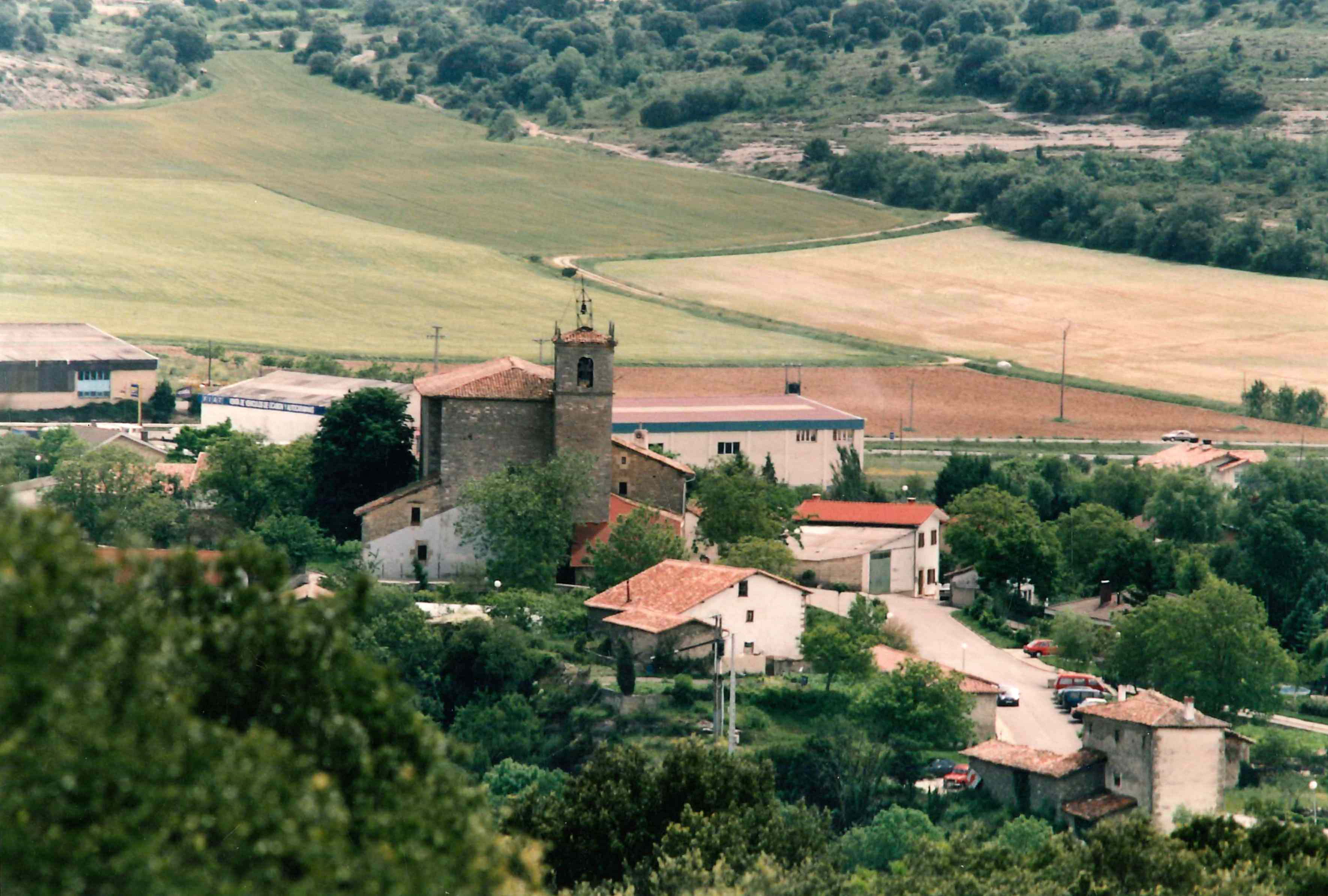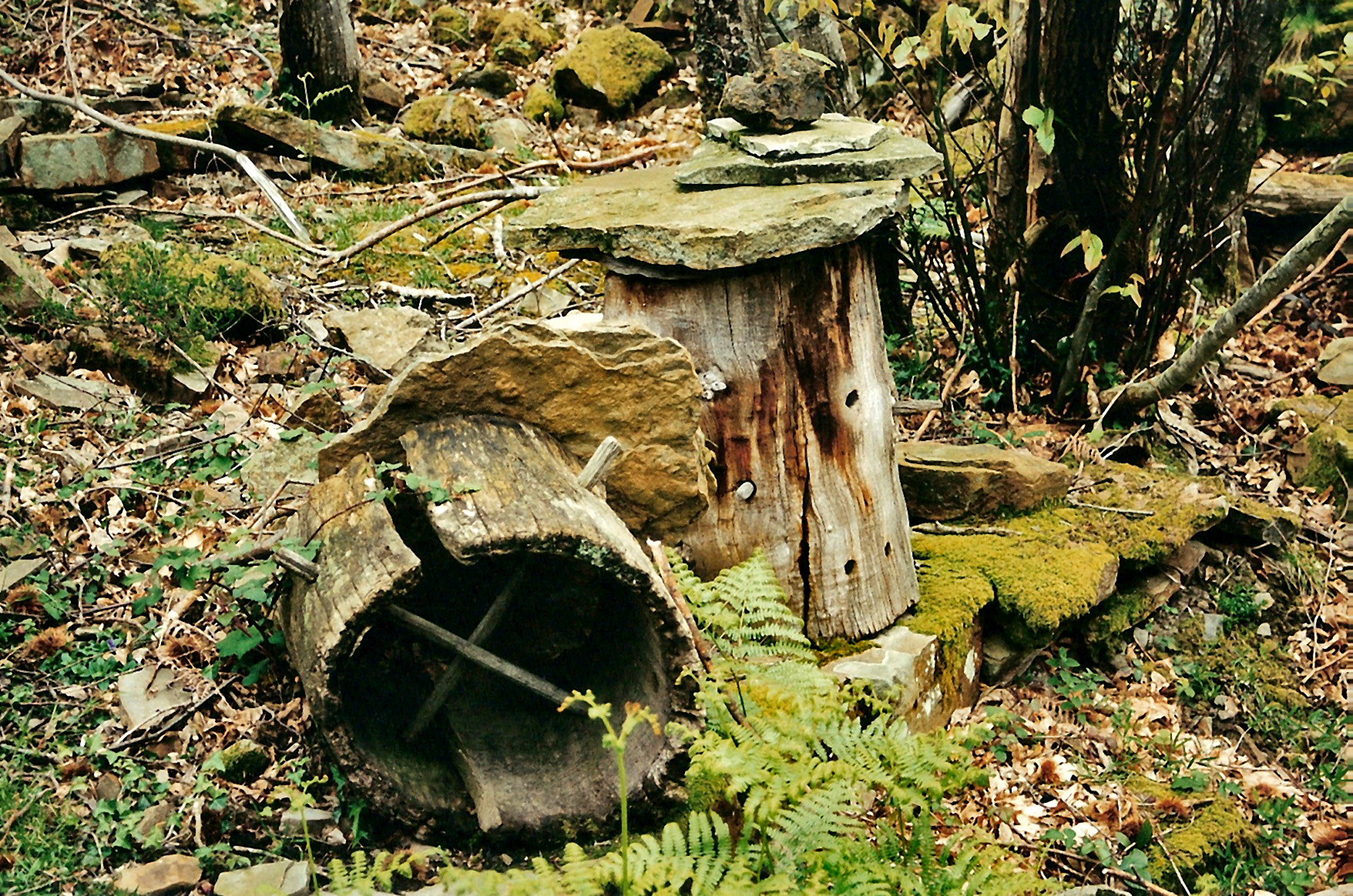Basque ethnography at a glance

Verse-singing on the eve of St Agatha’s Day, Galdakao (Bizkaia). Igone Etxebarria. Labayru Fundazioa Photographic Archive.
Since ancient times St Agatha’s Day is observed on 5 February by the Catholic Church as part of its liturgical calendar. Saint Agatha of Sicily is a Christian virgin martyress tortured and put to death during the Decian persecution in third-century Catania. (more…)

General view of Apodaka (Álava). Isidro Sáenz de Urturi.
In the plains of Álava the term ojalatero does not refer to the person who makes, repairs and sells tinware or hojalatero, nor to those who during the Carlist wars wished, from the rear, for the victory of Carlism, also known as ojalateros (derived from ojalá —let us hope—). (more…)

Old chestnut log hives. Miguel Sabino Díaz.
In Carranza, up in the mountains of Ordunte, a spot known as Los Cepos Vinagre —The Vinegar Hives— in lands under Pando Council jurisdiction houses the remains of an ancient apiary, a real treasured asset of the local ethnographic heritage. (more…)


